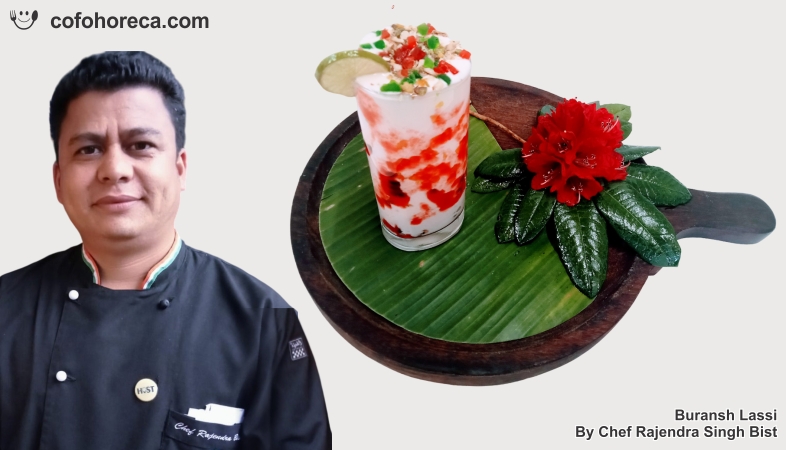SHARE
Commercials
More Posts
Jan 29, 2025
Sumit Kumar Joins Radisson Blu as Restaurant Manager
May 16, 2025
Buransh Lassi - By Chef Rajendra Singh Bisht
Jan 29, 2025
Sumit Kumar Joins Radisson Blu as Restaurant Manager
May 16, 2025
.png)






.jpeg)






.jpg)



 at The Aviyaan.jpeg)



.jpg)





